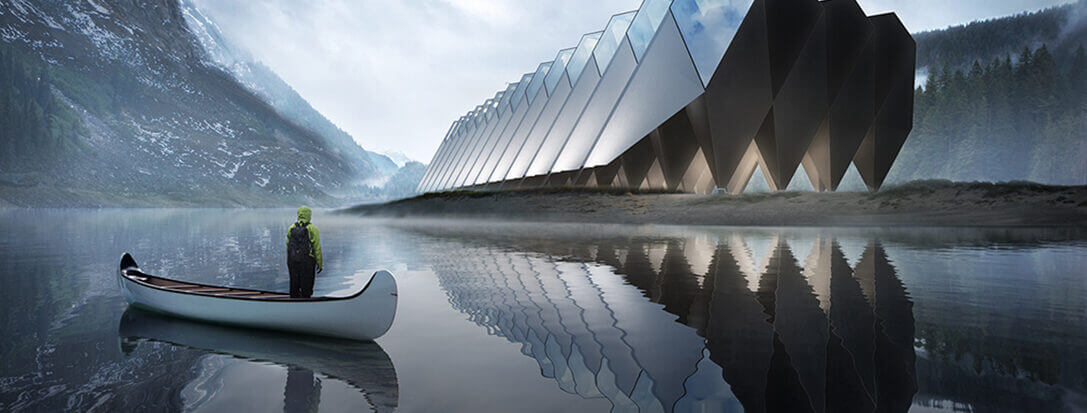
Wise Autonomy
DecodingsThe themes of domination, hegemony and supremacy have been supplanted by that of resilient autonomy, now serving as model, yardstick and “mentor” for projects for society.
The study of “collapsology” (the collapse of industrial civilization) used to get bad press, but has now become a form of wisdom and the subject of wide debate among societal thinkers. In France, an essay entitled “Comment tout peut s’effondrer” (or “How everything could collapse”) made the best-seller list in early January 2019 and the media has picked up the discourse of “enlightened catastrophism“.
One upside to this dystopian ambience is that it has already stimulated imaginations, even if only to dream up radical postures vis-à-vis society or innovative alternative lifestyles requiring resilience, and promises new creative horizons.
Resilience in architectural responses
While the discourse on the fragility and interdependence of ecosystems is gaining devotees, if current social mythology is to be believed, the concept of resilience is inspiring utopian visions. Among them are various independence-oriented propositions, including survival retreats remote from the city (“bug-out locations“) and relief housing structures for disaster situations.
A number of architects are exploring this theme, including in Europe. A case in point is Innovation Imperative, the prize-winning design studio of the WSP engineering firm. Its boutique hotel Tetra Hotel, futuristic and off the grid, takes a novel approach to modularity, geographic location and carbon neutrality.
All kinds of designs advocating independence and reconnecting with Nature are cropping up. One example is architect Kazakh Aibek Almassov’s “Tree in the House”, a tree-hugger’s dream come true! Another is the nomad-friendly portable sustainable capsule, which could also serve in climatic event situations. And outdoors-lovers will yearn to possess their own Tensile Stingray Tree Tent, available from companies like Tentsile or Outdoor Adventurist).
Other utopic projects are geared for more dystopian scenarios. In 2018, Skyshelter.zip won First Place in the EVolo skyscraper design competition for its innovative design. Intended as a multi-purpose hub for any disaster relief operation, it is compact, collapsible, easy to transport and can be deployed in a minimum amount of time and requiring minimum manpower.
So… is being “collapse ready” a new trend?
Autonomous behaviors in the offing
The animal kingdom is also giving plenty of food for thought to intellectuals and consumers alike when it comes the organization of society, not to mention the fundamentals of life. One major focus is animal intelligences. How do animals recall, navigate, cooperate, innovate and empathize? How do reptiles relate to their environment? What can we learn from the beaver-architect, the warrior ant or the predator-healer?
Survivalism, too, is an object of fresh interest. In the United States, the movement runs the gamut from the forest-dwelling ethos of Mick Dodge to rabid survivalists preparing for Doomsday. In Europe, according to sociologist Bertrand Vidal, This current’s identity markers are changing and its base is becoming broader and more diverse, including proponents of libertarianism, energy/food autonomy and environmental activism. In France last year, the online magazine Slate published an article on survivalism in June, a few months after the country’s first “Survival Expo” trade show. The author noted that survivalists aspire to live apart from the system to be more attuned to their inner selves.
The trend also has a strong ties to the outdoor sector (e.g. hiking, climbing, trekking and mobile energy sources), which, according to the European Outdoor Group, was worth 5.86 billion euros in 2018 (+7% in two years).
On the innovation front, the bio-inspired economy also sheds light on this new desire for independence. In electricity production, the Glowee lighting system emulates “deep sea animals able to produce their own light via bioluminescence”. In architecture, autonomy is a key feature in structures by Mike Peace in Kenya or Manal Tachdi and Philippe Chiambaretta in France. And many voices are advocating the “cradle-to-cradle” philosophy calling for the reuse of materials and energy. In short, Nature offers a treasure trove of inspiration for responses to today’s global and social challenges.



